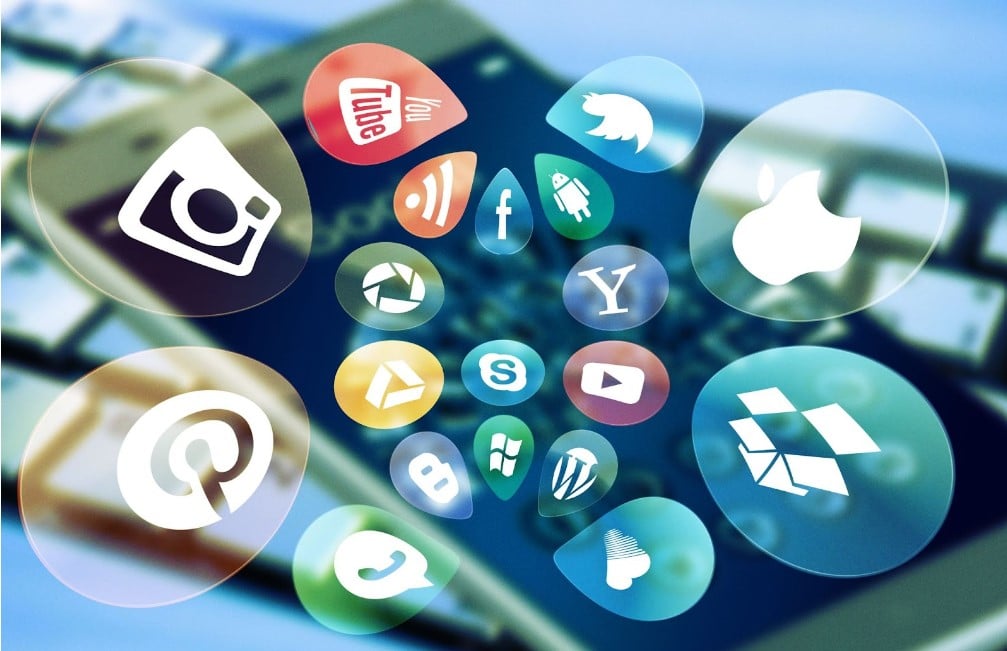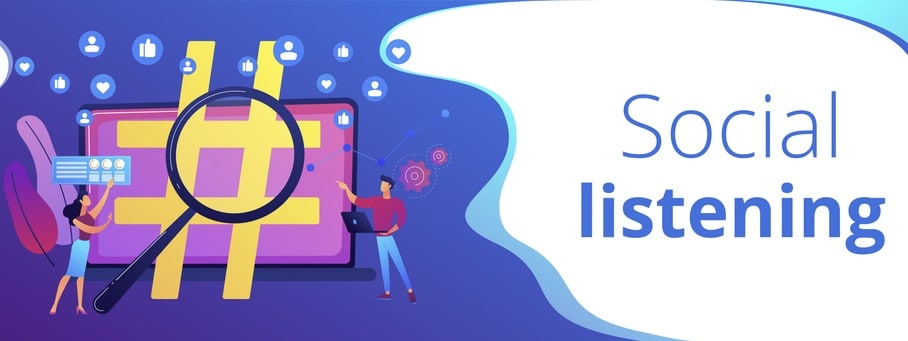Can you picture navigating a ship without a compass? That’s how PR professionals operate without social listening in the current digital landscape. As conversations shift online, brands face the challenge of keeping up with real-time chatter that can make or break their reputation.
Social listening emerges as the solution, offering immediate insights into public sentiment, competitor strategies, and more. This article will examine the growing importance of social listening in modern PR. We’ll discuss how this tool lets professionals navigate the seas of online conversations skillfully and proactively.

Image from PxFuel
Instant crisis control
Real-time monitoring is continuously tracking conversations about your brand across social media platforms. It serves as your brand’s ‘early warning system,’ allowing PR professionals to intercept negative comments, trending topics, or misinformation as they arise.
Especially when facing a looming crisis, such as a faulty product release or a negative viral post, the importance of a social listening tool is undeniable. By alerting you when such issues begin to trend, real-time monitoring enables quick decision-making and immediate action, functioning like a smoke detector that sounds off before the fire gets out of hand.
Here are some examples of crises that were either averted or mitigated through the effective use of social listening:
Example 1: Airline delay outrage
Customers angrily began tweeting about an unannounced flight delay. The airline’s PR team acted swiftly, alerted by real-time social monitoring. They immediately acknowledged the issue on Twitter, offering insights into the cause and expected resolution time. This proactive approach led to a notable shift in public sentiment, turning customer outrage into appreciation for the airline’s transparency and quick response.
Example 2: Tech product malfunction
Users started sharing screenshots of a software bug affecting a new update, causing some to call for a boycott. Alerted through social media listening software, the tech company quickly identified the glitch and paused the update rollout. They promptly communicated these actions to the user community through social media channels. This immediate, open response mitigated user frustration and averted a potentially more significant PR crisis.
Audience profiling
Audience profiling entails gathering data on online visitors and customers to understand their preferences, behaviors, and concerns. This critical exercise enables PR professionals to tailor messages and campaigns that resonate with their target audience.
Knowing your audience holds immense value. Sending the right message captures attention and fosters a positive brand perception. Think of it like gift-giving: when you know your friend loves the color blue, you’ll choose a blue gift—in return, creating a moment of genuine happiness and strengthening your relationship.
Competitor watch
Imagine playing a chess game where you can see your opponent’s next move before making your own; that’s the strategic advantage of competitors watching on social media. Monitoring competitors’ on
The significance of competitor watch in a brand’s success is straightforward: it offers an invaluable blueprint for your strategic planning. Knowing what your competitors are doing right—or wrong—gives you the upper hand in crafting your messaging, product offerings, and customer engagement strategies. It’s like studying the winning team’s playbook to elevate your game.
Reputation metrics
The absence of tangible metrics can be a real headache for PR professionals. You might be putting in a lot of effort, but without critical indicators to track, it’s tough to gauge how well your brand is doing in the public eye. For those pursuing a degree in public relations, understanding and leveraging these metrics is a cornerstone of an effective strategy.
Indeed, the solution lies in using reputation metrics. It’s a set of quantifiable data points that measure brand sentiment, customer engagement, and the overall health of your public image. With this data at your fingertips, you can determine weak spots in your PR strategy and make informed decisions contributing to long-term brand success.
Customer connections
Finally, customer connection goes beyond customer service; it’s about establishing a two-way dialogue with your audience. Observing and responding to customer feedback on social media can build stronger, more authentic relationships.
This approach turns customers into brand advocates, amplifying your message in a way that paid advertising can’t match. Leveraging customer connection enriches your brand image and provides invaluable insights for future campaigns.
Using tools powered by artificial intelligence, the role of ai in b2b marketing extends beyond traditional strategies to incorporate advanced social media listening techniques, ensuring brands are always a step ahead.
Social listening: The key to PR’s future
In the digital age, silence isn’t golden; it’s a missed opportunity. This article has navigated the pivotal role of social listening in modern public relations, from real-time crisis control to insightful audience profiling.
Social listening emerges as a tool and a linchpin for future PR strategies. PR professionals must integrate this into their daily operations to maintain a competitive edge.
The conclusion is unmistakable: the insights offered by social media listening are reshaping the PR landscape. As the conduit between public sentiment and corporate action, it provides a competitive edge that no PR professional can ignore.



